Home>Gardening & Outdoor>Outdoor Structures>How To Move A Heavy Shed
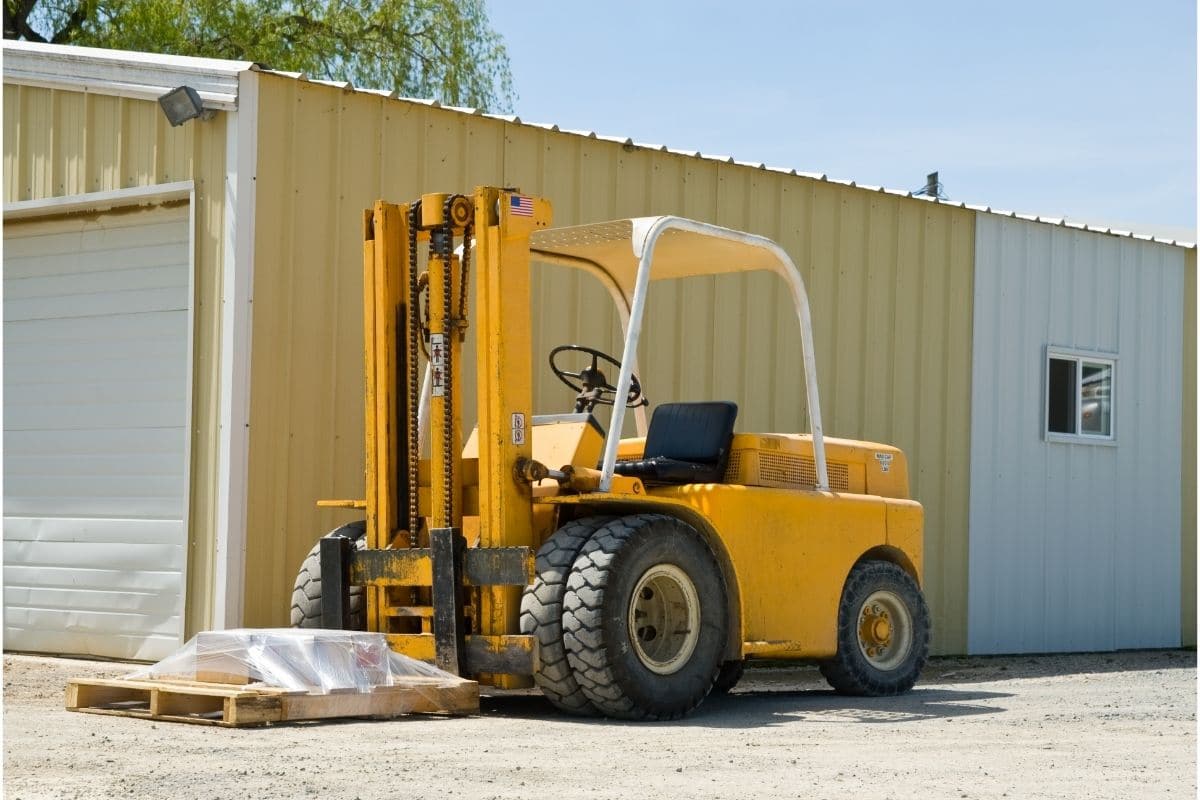

Outdoor Structures
How To Move A Heavy Shed
Modified: February 18, 2024
Learn how to safely move a heavy shed with our expert tips and techniques. Whether it's a garden shed, storage shed, or other outdoor structures, we've got you covered.
(Many of the links in this article redirect to a specific reviewed product. Your purchase of these products through affiliate links helps to generate commission for Storables.com, at no extra cost. Learn more)
Introduction
Moving a heavy shed can be a challenging task, requiring careful planning, the right tools, and a strategic approach. Whether you're relocating your shed to a different area of your property or transporting it to a new location altogether, the process demands precision and attention to detail. In this comprehensive guide, we'll explore the essential steps and considerations involved in moving a heavy shed while ensuring the safety of both the structure and those involved in the relocation.
Additionally, we'll delve into the critical aspects of assessing the shed's current placement, gathering the necessary tools and equipment, preparing the shed for the move, executing the lifting and relocation process, and finally, setting up the shed in its new location. By understanding and implementing these key steps, you can effectively navigate the complexities of moving a heavy shed and achieve a successful relocation without compromising safety or structural integrity. So, let's dive into the intricacies of this endeavor and equip ourselves with the knowledge and strategies needed to accomplish this feat with confidence and proficiency.
Key Takeaways:
- Planning and preparation are crucial when moving a heavy shed. Assess the shed, gather the right tools, and create a detailed strategy to ensure a successful and safe relocation.
- Coordinated lifting, careful maneuvering, and meticulous setup are essential for moving a heavy shed. Prioritize safety, clear communication, and attention to detail throughout the entire process.
Read more: How To Move A Heavy Bed On A Carpet
Assessing the Shed and Planning the Move
Before embarking on the task of moving a heavy shed, it’s crucial to conduct a thorough assessment of the structure and its surroundings. Start by evaluating the current placement of the shed and determining the new location where you intend to relocate it. Consider factors such as terrain, accessibility, and any potential obstacles that may impede the moving process.
Take precise measurements of the shed to ensure that the new location can accommodate its dimensions. Assess the condition of the shed, checking for any structural weaknesses or damage that may need to be addressed before the move. Additionally, consider the foundation of the shed and assess whether it is suitable for relocation or if modifications are necessary.
Planning the move involves creating a detailed strategy that outlines the step-by-step process of relocating the shed. This plan should encompass the logistics of disassembling, transporting, and reassembling the shed in its new location. Consider the route from the current placement to the new site, taking note of any potential challenges such as uneven terrain, narrow pathways, or overhead obstacles.
Furthermore, factor in the weather conditions and choose a suitable time for the move, aiming to avoid extreme temperatures, heavy rainfall, or strong winds that could compromise the safety of the relocation process. By meticulously assessing the shed and devising a comprehensive plan, you can proactively address potential obstacles and streamline the moving process, setting the stage for a successful and efficient relocation.
Gathering the Necessary Tools and Equipment
Equipping yourself with the appropriate tools and equipment is paramount to the successful relocation of a heavy shed. Before initiating the move, ensure that you have all the necessary items at your disposal. Here’s a comprehensive list of essential tools and equipment:
- Heavy-Duty Gloves: Protect your hands while handling heavy materials and sharp objects.
- Safety Goggles: Shield your eyes from debris and potential hazards during the relocation process.
- Measuring Tape: Accurately measure the shed’s dimensions and assess the new location for compatibility.
- Lifting Straps or Slings: Facilitate the safe lifting and maneuvering of heavy components during the relocation.
- Leveling Tools: Ensure the shed is positioned correctly and level once it’s in its new location.
- Power Tools: Including drills, screwdrivers, and saws for disassembly and reassembly of the shed.
- Wheelbarrow or Dolly: Aid in transporting smaller components and materials to and from the shed.
- Support Beams or Jacks: Provide additional support during the lifting and moving process.
- Protective Tarps or Wraps: Shield the shed from the elements and potential damage during the relocation.
- Transportation: Depending on the distance of the move, ensure you have a suitable vehicle or trailer for transporting the shed to its new location.
By gathering these essential tools and equipment, you can approach the shed relocation with confidence and preparedness. Additionally, ensure that all tools are in good working condition and that safety measures are observed throughout the process. Having the right equipment at hand will not only streamline the relocation but also contribute to the overall safety and efficiency of the endeavor.
Preparing the Shed for Moving
Proper preparation of the shed is integral to a successful and seamless relocation. This phase involves a series of meticulous steps aimed at ensuring the structural integrity of the shed and facilitating its safe and efficient transfer to the new location. Here’s a comprehensive guide to preparing the shed for moving:
Clearing the Surrounding Area: Remove any obstacles, debris, or vegetation around the shed to create a clear and unobstructed path for the relocation process. This includes trimming overhanging branches and clearing the area of any potential hazards that could impede the movement of the shed.
Disassembling Components: If feasible, disassemble any detachable components of the shed, such as doors, windows, and roofing materials. This not only reduces the overall weight of the shed but also facilitates easier transportation and reassembly at the new location.
Reinforcing Weak Points: Inspect the shed for any structural weaknesses or areas of concern. Reinforce these areas as needed, ensuring that the shed is sturdy and capable of withstanding the stresses of the relocation process.
Securing Loose Items: Secure any loose items or possessions within the shed to prevent damage or displacement during transit. This may include tools, equipment, or other items stored inside the shed.
Protecting Windows and Openings: Cover windows and other openings with protective materials to prevent damage and ensure the safety of the shed’s contents during the move.
Labeling Components: If the shed has been disassembled, label each component to facilitate the reassembly process at the new location. This includes labeling individual parts and corresponding fasteners to ensure accurate reconstruction.
Inspecting the Foundation: Assess the condition of the shed’s foundation and ensure that it is stable and suitable for relocation. If necessary, make any adjustments or repairs to the foundation to guarantee a secure base for the shed in its new location.
By meticulously preparing the shed for the move, you can mitigate potential risks, streamline the relocation process, and set the stage for a successful and efficient transfer to its new site. This proactive approach not only ensures the safety of the shed and its contents but also contributes to a smooth and well-organized relocation endeavor.
Before moving a heavy shed, make sure to clear the path of any obstacles and have the right equipment, like a dolly or skids, to help with the move. Also, consider enlisting the help of others to make the process safer and easier.
Lifting and Moving the Shed
The process of lifting and moving a heavy shed demands careful coordination, precision, and a strategic approach to ensure the safety of both the structure and those involved in the relocation. Here’s a detailed guide to executing the lifting and moving process:
Assembling the Lifting Team: Enlist a capable team to assist with the lifting and moving process. Ensure that all individuals are briefed on their roles and responsibilities, emphasizing the importance of clear communication and coordinated efforts during the relocation.
Positioning Lifting Equipment: Utilize lifting straps, slings, or other appropriate equipment to safely lift and maneuver the shed. Position the lifting equipment securely, ensuring that it can bear the weight of the shed without compromising safety.
Coordinating the Lift: Communicate effectively with the lifting team to synchronize the lifting process. Ensure that everyone is positioned correctly and ready to execute the lift in unison, minimizing the risk of uneven lifting or instability.
Applying Even Pressure: Gradually apply even pressure to the lifting equipment, raising the shed incrementally to avoid sudden shifts or imbalances. Maintain clear communication with the lifting team throughout the process, adjusting the lift as needed to ensure a smooth and controlled movement.
Maneuvering the Shed: Once the shed is lifted, carefully maneuver it along the predetermined path to its new location. Exercise caution when navigating any obstacles or uneven terrain, ensuring a steady and controlled movement throughout the transit.
Lowering the Shed: Upon reaching the new location, lower the shed gently and steadily onto its new foundation. Ensure that the shed is positioned accurately and securely, making any necessary adjustments to guarantee a stable and level placement.
Securing the Shed: Once the shed is in place, secure it to the foundation and make any final adjustments to ensure its stability. This may involve anchoring the shed, leveling it, and addressing any potential shifts or movements that could compromise its integrity.
By meticulously coordinating the lifting and moving process, you can ensure the safe and efficient relocation of the shed to its new location. Clear communication, careful maneuvering, and a methodical approach are essential to executing this phase of the relocation with precision and proficiency.
Read more: How To Move Heavy Furniture By Yourself
Setting Up the Shed in its New Location
Once the shed has been successfully relocated to its new site, the process of setting it up in its new location begins. This phase involves a series of meticulous steps aimed at ensuring the shed is positioned securely and ready for use. Here’s a comprehensive guide to setting up the shed in its new location:
Positioning the Shed: Ensure that the shed is accurately positioned on its new foundation, taking care to align it according to the predetermined layout. Use leveling tools to confirm that the shed is positioned evenly and securely.
Reassembling Components: If the shed was disassembled for the move, commence the reassembly process according to the labeled components and fasteners. Follow the predetermined plan to reconstruct the shed, ensuring that each component is securely fastened and aligned correctly.
Checking for Stability: Once the shed is reassembled, conduct a thorough inspection to verify its stability and structural integrity. Ensure that all components are securely fastened, and there are no signs of damage or misalignment resulting from the relocation process.
Connecting Utilities (if applicable): If the shed is equipped with utilities such as electricity or plumbing, ensure that these connections are reestablished safely and in compliance with local regulations. Exercise caution and enlist professional assistance if necessary to ensure the safe reconnection of utilities.
Finalizing Security Measures: Secure the shed to its foundation, anchoring it to prevent movement or displacement. Additionally, consider installing security measures such as locks or alarms to safeguard the shed and its contents in its new location.
Landscaping and Finishing Touches: Surround the shed with appropriate landscaping, such as gravel or pavers, to enhance its aesthetic appeal and provide a functional and tidy surface around the structure. Consider adding finishing touches such as trim work or paint to complete the setup of the shed in its new location.
By meticulously setting up the shed in its new location, you can ensure that it is not only securely positioned but also ready for immediate use. This phase of the relocation process marks the culmination of your efforts, resulting in a fully functional and aesthetically pleasing shed in its new environment.
Conclusion
Moving a heavy shed is a challenging yet rewarding endeavor that demands careful planning, meticulous execution, and a proactive approach to ensure a successful relocation. By assessing the shed and meticulously planning the move, you can lay the groundwork for a streamlined and efficient process. Gathering the necessary tools and equipment equips you with the resources needed to navigate the complexities of the relocation with confidence and preparedness.
Preparing the shed for the move sets the stage for a seamless transfer, addressing potential obstacles and ensuring the structural integrity of the shed. The lifting and moving process requires coordinated efforts, clear communication, and a methodical approach to safely transport the shed to its new location. Setting up the shed in its new environment involves meticulous reassembly, positioning, and final touches to ensure its stability and functionality.
Throughout the relocation process, prioritizing safety, clear communication, and attention to detail are paramount. By adhering to these principles, you can navigate the challenges of moving a heavy shed while safeguarding the integrity of the structure and those involved in the process.
Ultimately, the successful relocation of a heavy shed not only provides a sense of accomplishment but also opens up new possibilities for utilizing and enjoying the space in its new location. Whether repurposing the shed for storage, creating a workshop, or establishing a cozy retreat, the relocation marks the beginning of a new chapter for the structure and its surroundings.
By embracing the intricacies of this endeavor and approaching it with diligence and expertise, you can achieve a successful and rewarding relocation, transforming the shed into a valuable and functional asset in its new environment.
Frequently Asked Questions about How To Move A Heavy Shed
Was this page helpful?
At Storables.com, we guarantee accurate and reliable information. Our content, validated by Expert Board Contributors, is crafted following stringent Editorial Policies. We're committed to providing you with well-researched, expert-backed insights for all your informational needs.
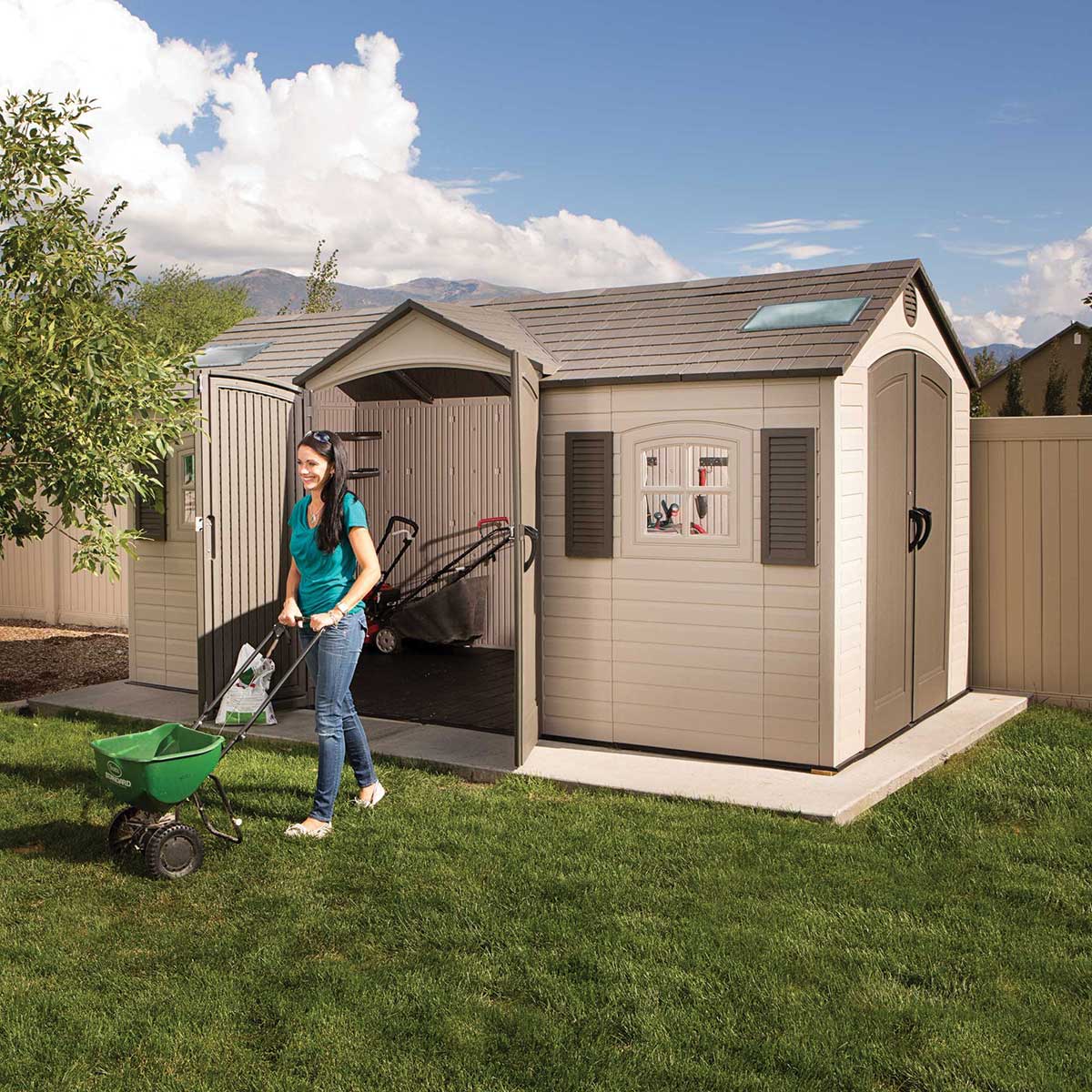
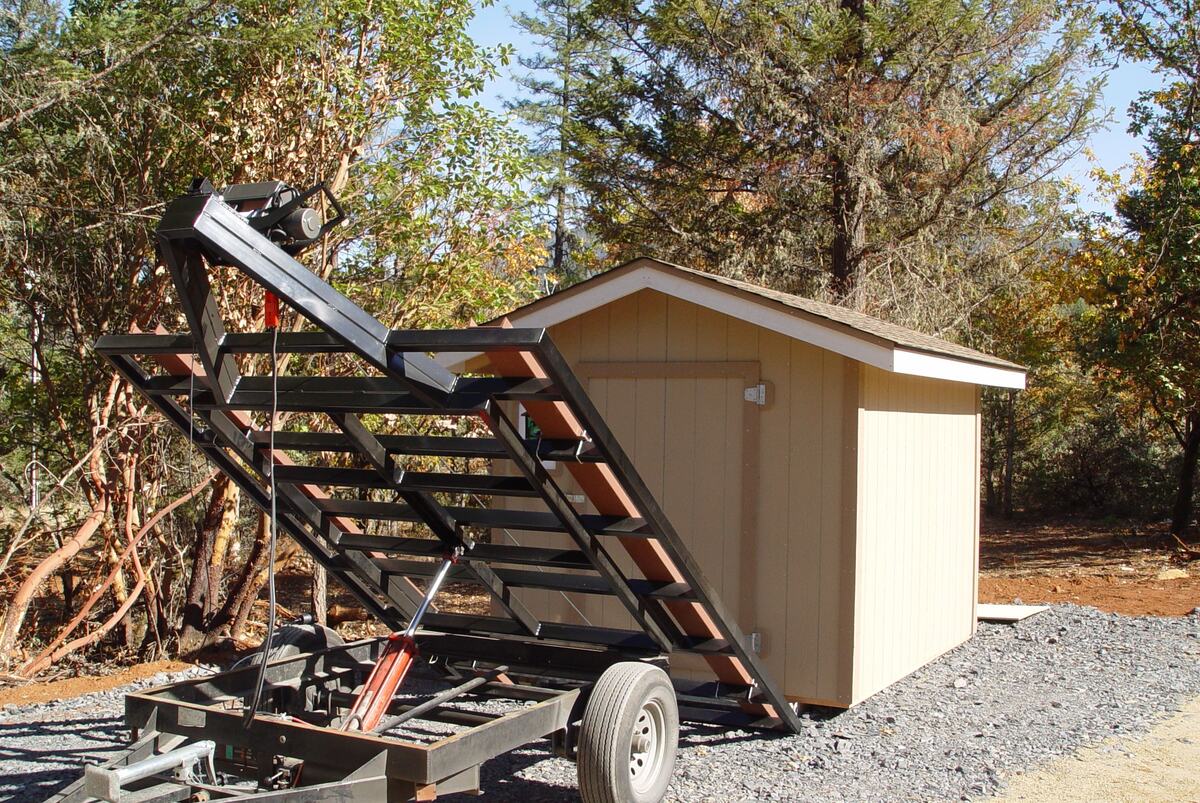
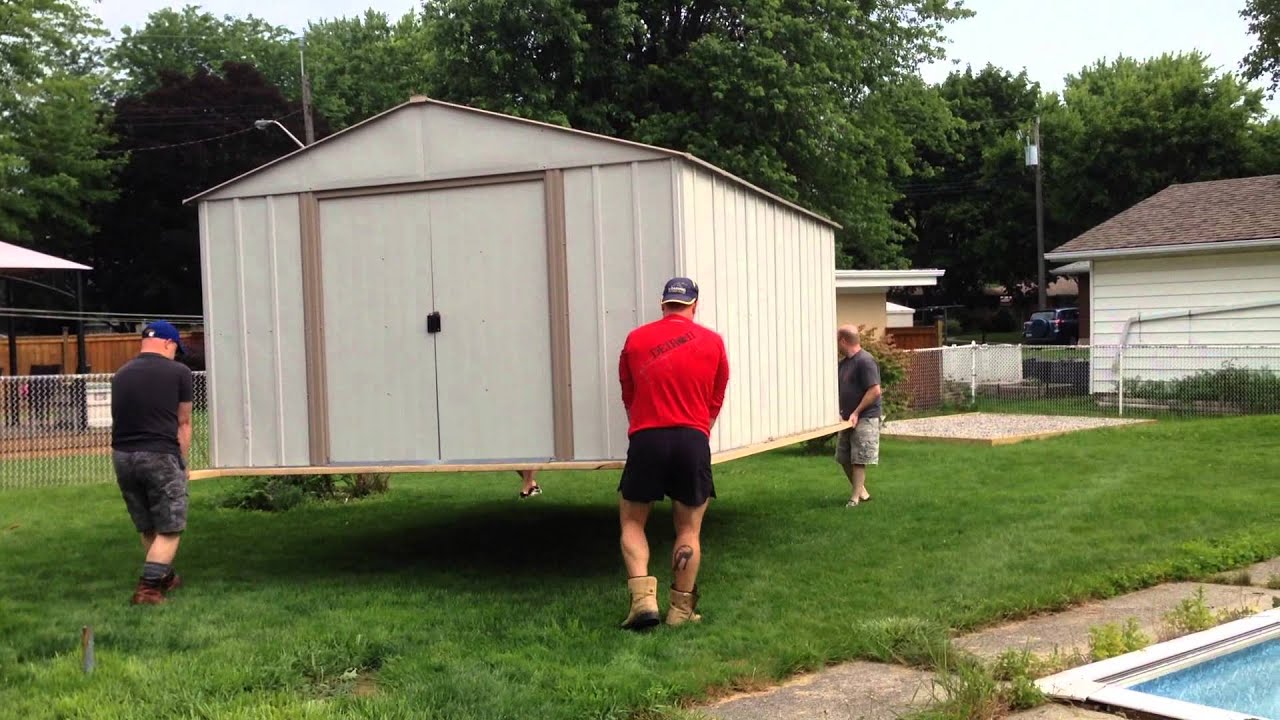


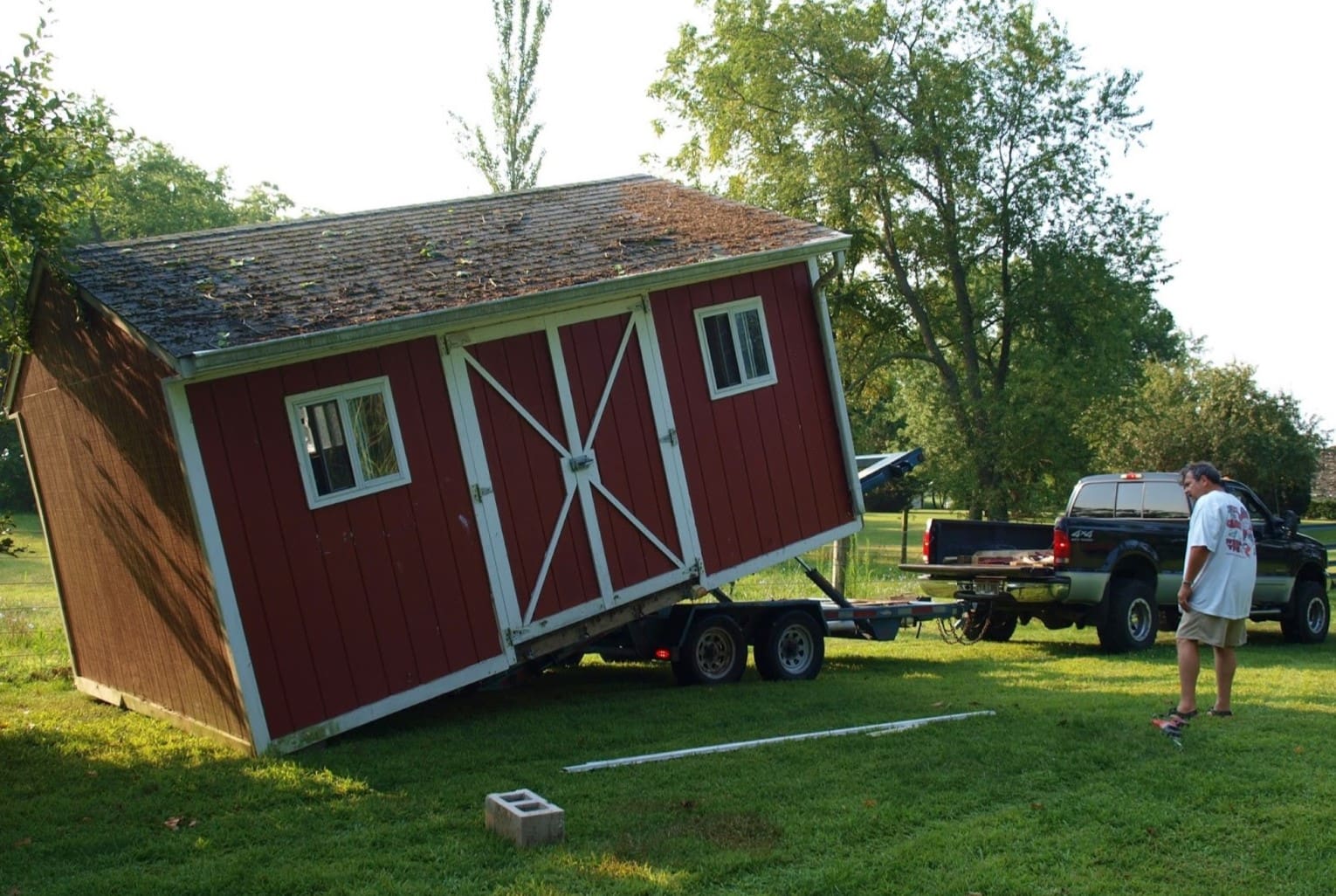
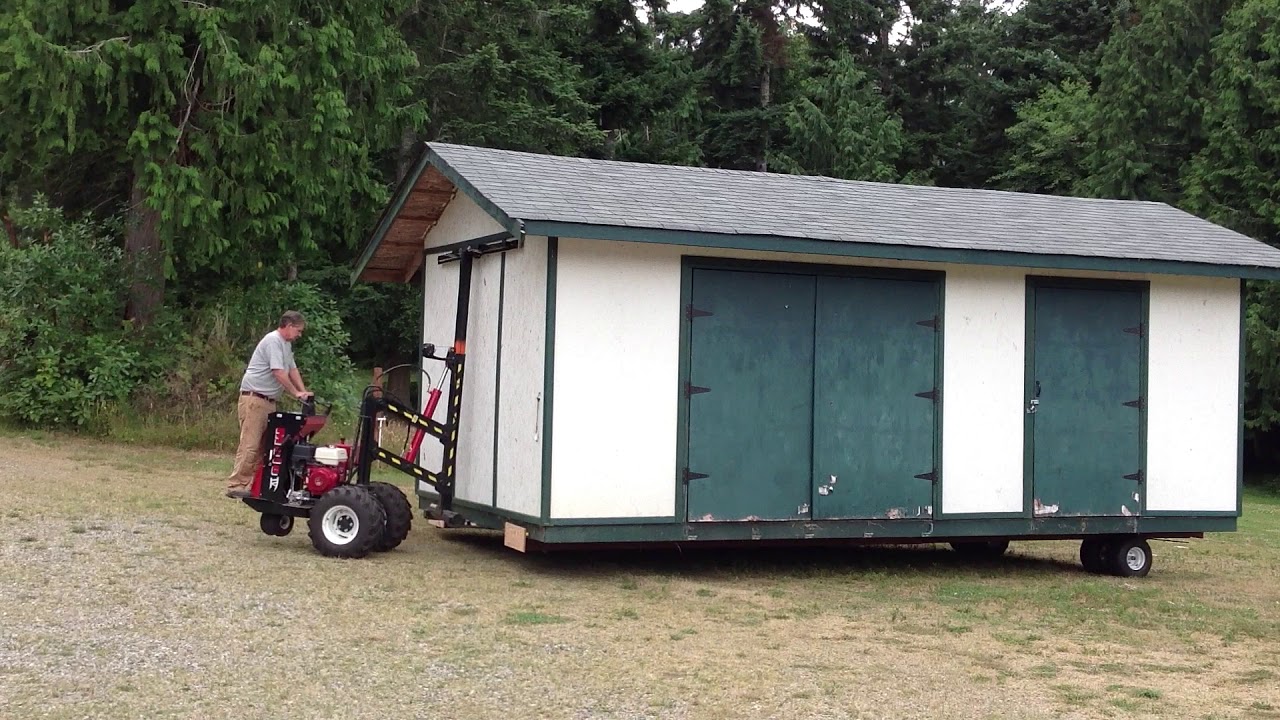




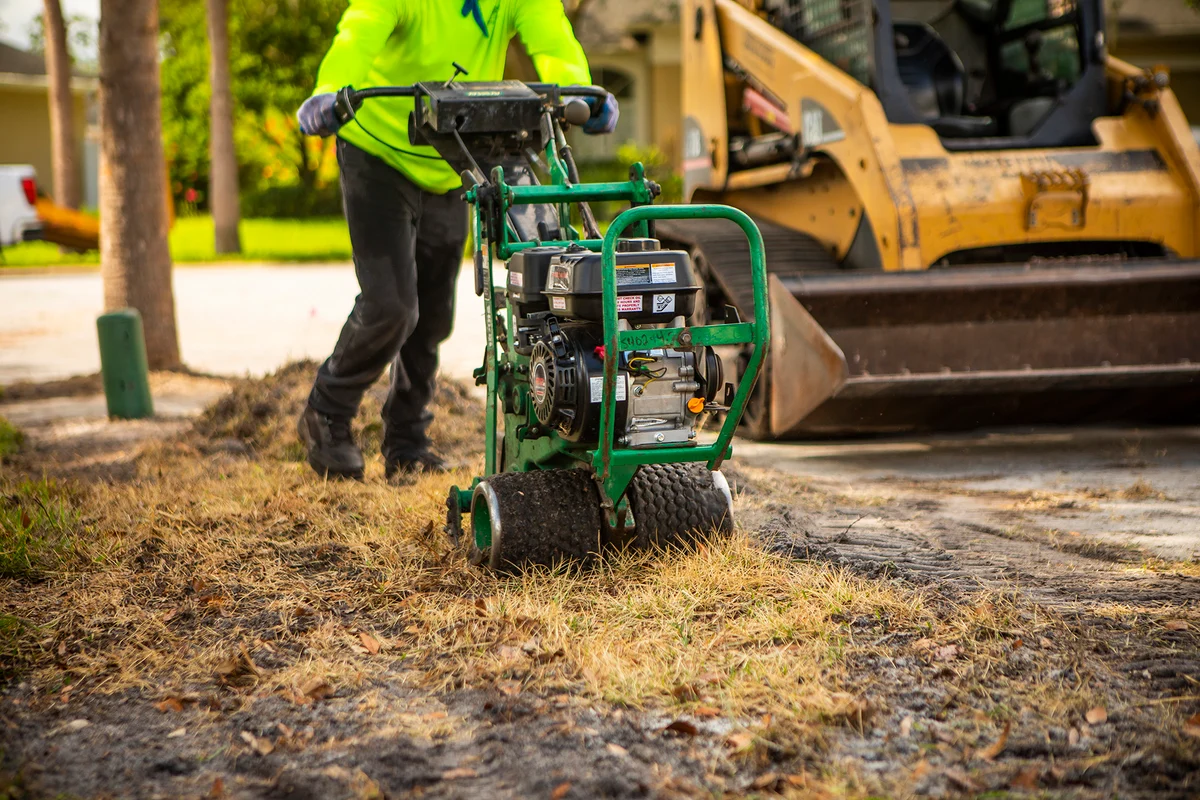



0 thoughts on “How To Move A Heavy Shed”